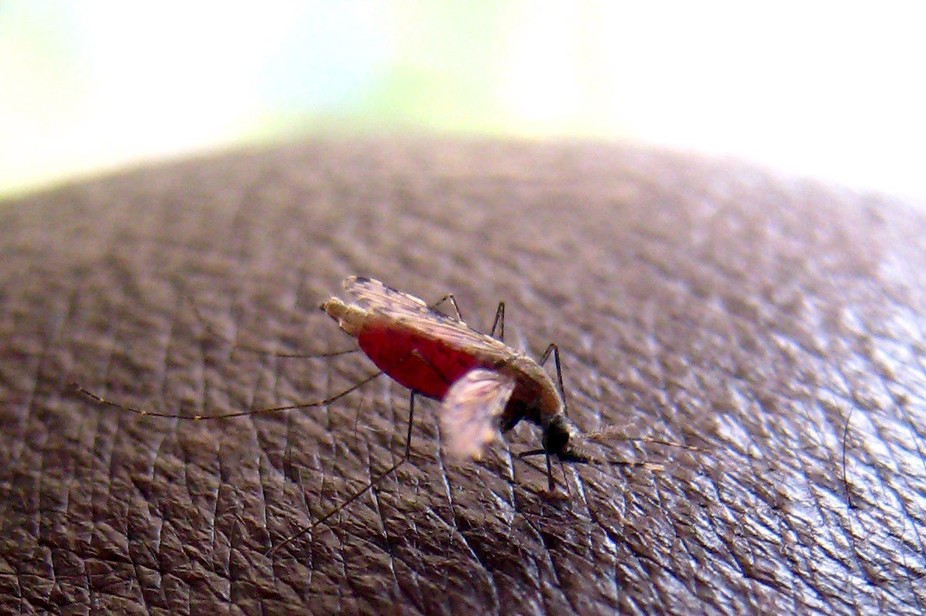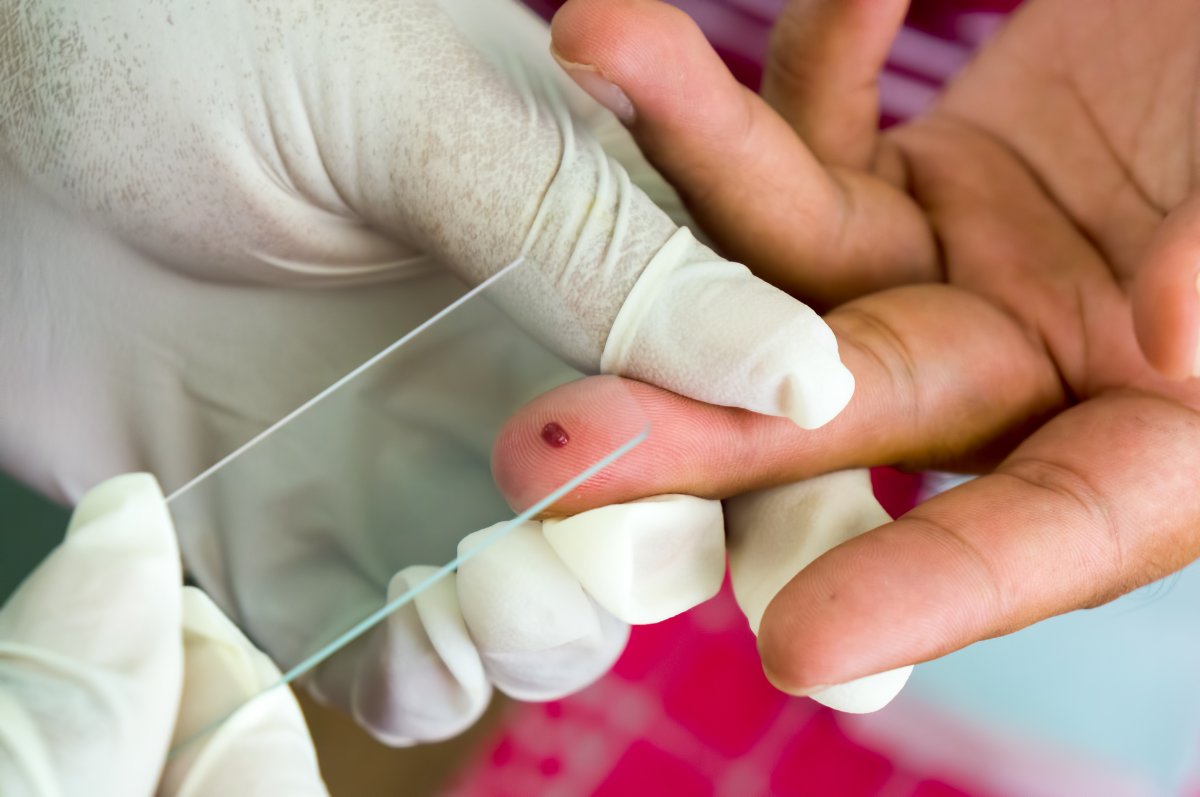
What does 115 years of malaria in Africa look like?
In the last 10 years or so, we have been celebrating the decline in malaria disease and deaths globally.
http://www.who.int/gho/malaria/epidemic/en/
When we read these stories, it is tempting to imagine that we have got malaria cornered and that we will soon see the end of it. But, like all things, it is in looking back that we can know for sure whether we are repeating past mistakes, or making real progress.
Prof Bob Snow and colleagues have done just that. They have looked back…. way back …from 1900 to 2015. This team has presented their work of 21 years in a paper published in the Nature journal today.
http://www.nature.com/nature/journal/vaop/ncurrent/full/nature24059.html
These experts tell us that malaria on the African continent has declined steadily over the last century. The proportion of people infected with malaria parasites has dropped from 40% between 1900-1929 to 24% in the recent period of 2010-2015. That decline however, cannot be described in one smooth line over the years – the downward trend has been one of ups and downs. The reduction is also not uniform within nations or between nations. The nature of the decline is such that no single issue like climate change or introduction of various interventions like insecticide treated bed nets, can adequately explain this pattern.
The data shows a decline in 1945 to 1949 associated with the use of DDT and a time when chloroquine, then a highly effective anti-malaria, was introduced. The years following that saw a small rise in malaria, followed by a steady decline from 1960 to 1984. This could be explained by droughts and the fact that chloroquine, which was still very effective, was very readily available for the treatment of fevers likely to be associated with malaria.
Those Kenyans old enough can remember the 1980’s advert for chloroquine on the radio ending with the dosage ‘4-2-2-2’…. though I can’t remember how many ‘2’s there were, even I am not that ancient. But it still strikes me as ridiculous that for a disease that kills a thousand fold more children than adults – it was the drug dosage for adults that was rammed down our ears….I digress.
But the golden era of chloroquine came to an end and parasite resistance to the drug set in. Malaria rates rose. This was also a time when international donor assistance in support of malaria control programs had fizzled which led to African government failure to prioritize malaria control activities.
Introduction of SP drugs (e.g. Fansidar), in the late 1990’s helped lower the burden of disease slightly but at the same time, a major push with the WHO Roll Back Malaria program put malaria back in the forefront of global disease control efforts. With this emphasis came funding and gradual introduction of interventions.
A prime period of malaria reduction has been since 2005 with the introduction of insecticide treated bednets and artemisinin (ACT) combination drugs. That dramatic decline observed from 2005 to 2010 has tapered and though malaria is going down, there is no suggestion from the data, that we have finally cornered it.
You may be looking at this data and wondering how did Prof Snow and colleagues arrive at this data covering over 100 years?
He gave us a little peek into what it was like finding this data for him and his colleagues.
For starts – it is difficult to measure the numbers of people who die or get sick with malaria each year. Symptoms of malaria are shared with many other diseases that lead to death or illness, especially among young children. However, there is one measure of malaria that is unambiguous, whether someone is infected with the malaria parasite.
Surveys of infection prevalence have been undertaken across Africa for decades, as part of studies in villages, schools, whole regions or even entire countries.
During these surveys, blood is taken from a particular group of people who are often, not ill. The blood is spread on a glass slide and stained so that the malaria parasites can be observed and counted when the slide is examined under a microscope.
Prof Snow and colleagues spent the last 21 years tracking down these survey reports, mostly hidden in old government archives or those curated by the World Health Organization.
‘This has been an arduous task, accompanied by disappointment, discovering survey reports have been eaten by termites or burnt, or simply disappeared. Weeks of searching archives in Sudan for the records for a national survey in the 1960s, we finally accepted these were taken from Sudan to somewhere in Europe but we couldn’t track down their final destination. Conversely, we have found records of large surveys in the basements of ministries of health in various states of preservation in Kenya, Senegal, Tanzania, South Africa and Burkina Faso that date back to the 1950s’, said Prof Snow.
More recent surveys have been easier to locate through more modern methods of web-based searches, but this alone would not have been enough. To obtain the village or school level data published in most journals or reports required contacting individual scientists or government officials to provide the raw data. It is a testament to a new era of data sharing that over 800 people have contributed finer resolution data to the Africa parasite survey repository or helped in providing the coo-ordinates of each survey location.
The final repository of malaria survey data, with date of survey, the longitude and latitude of each survey, and the numbers of people examined and positive for malaria infection, covers over 50,000 surveys across 115 years.
This data has been availed to anyone who is interested and can be found at…
http://dx.doi.org/10.7910/DVN/Z29FR0
As stated earlier, the proportion of people infected with the malaria parasite has fallen from 40% to 24%. Despite all the progress, areas of West and Central Africa that have the highest malaria transmission on the continent, remains unchanged. If things remain as they are across this belt – malaria will not go away.
‘The world of science needs to get away from simple answers to a complex problem and find a new language to describe the next 20 years’ ambition for Africa and new tools,’ said Prof Snow.
As I said at the beginning, in recent years, the world has rejoiced at the great gains against malaria and though this reports does suggest that malaria is certainly on its way down, the paper asks us to step back from our celebrations and look hard at the data.
“People often focus on what has happened over the last 10-15 years when malaria funding to Africa began to increase. This is useful to satisfy donors that their funding has made a difference, but ignores the longer history of malaria in Africa, understanding this allows us to put into context the recent decline, said Prof Snow.







Betty
Good job Tabs. You broke down the nature article very well.